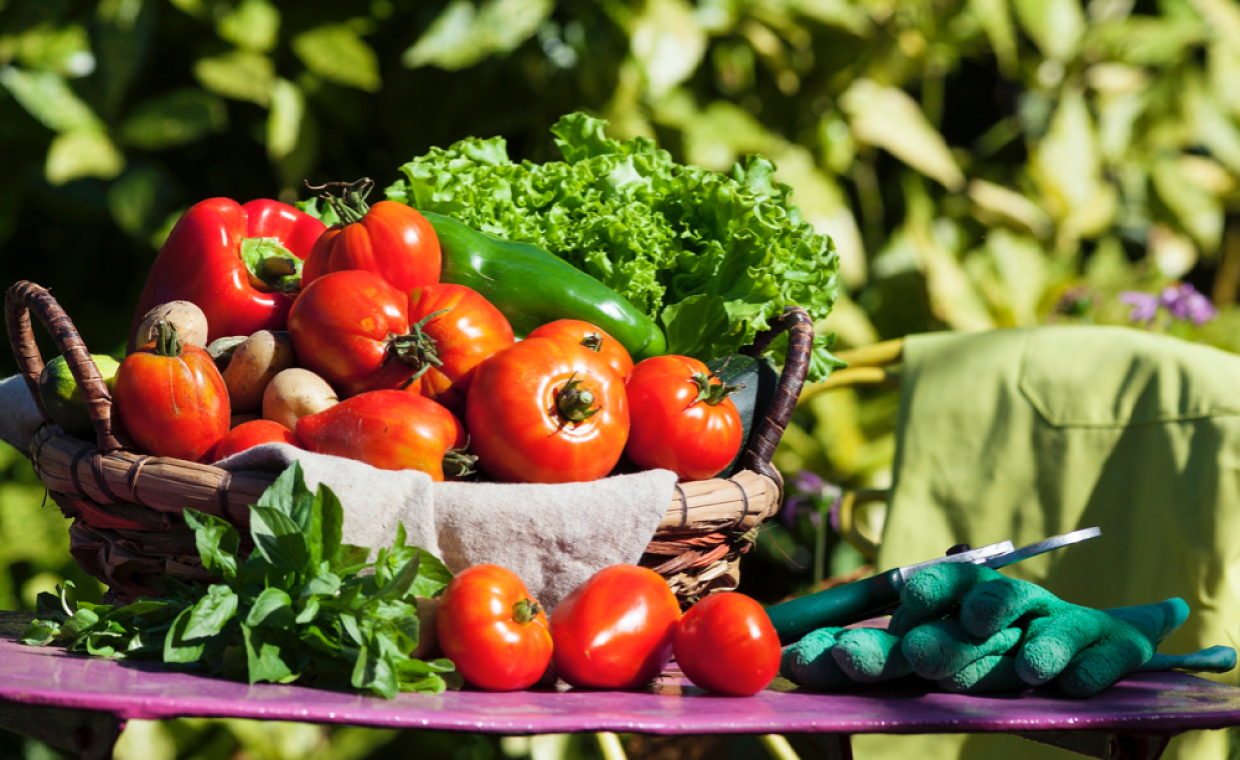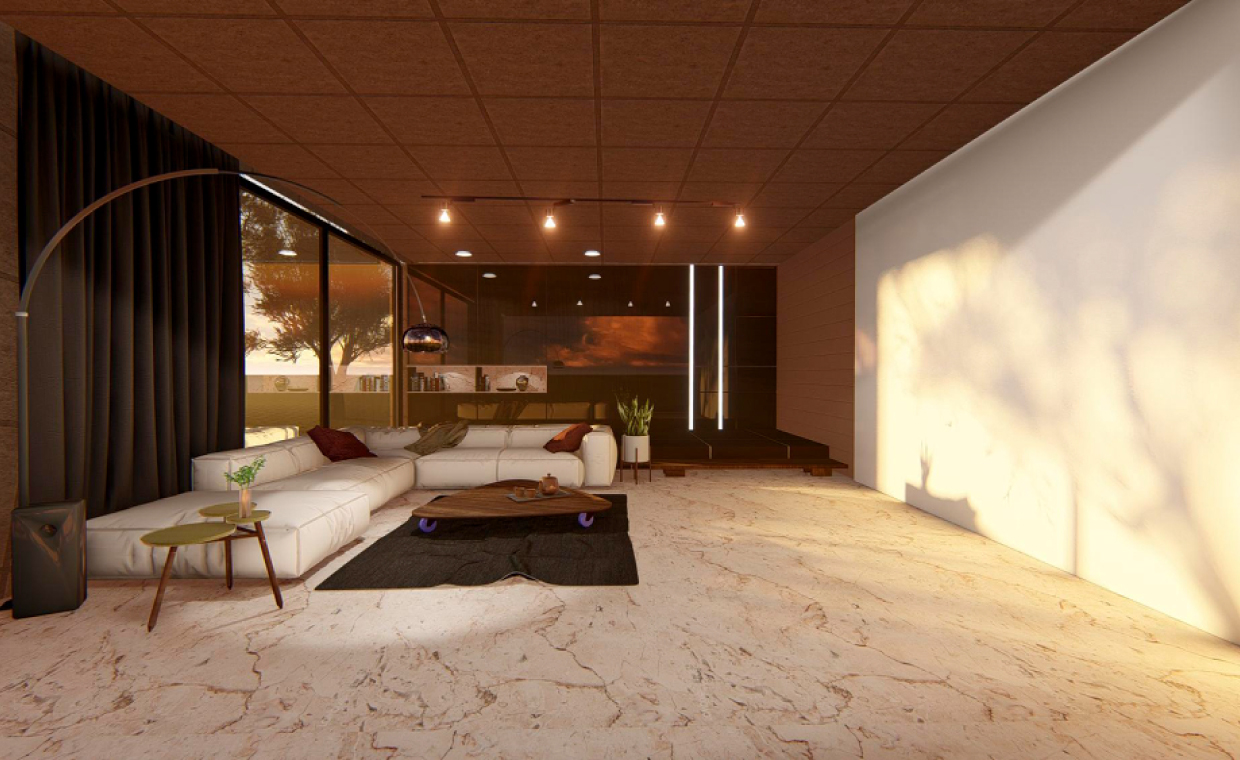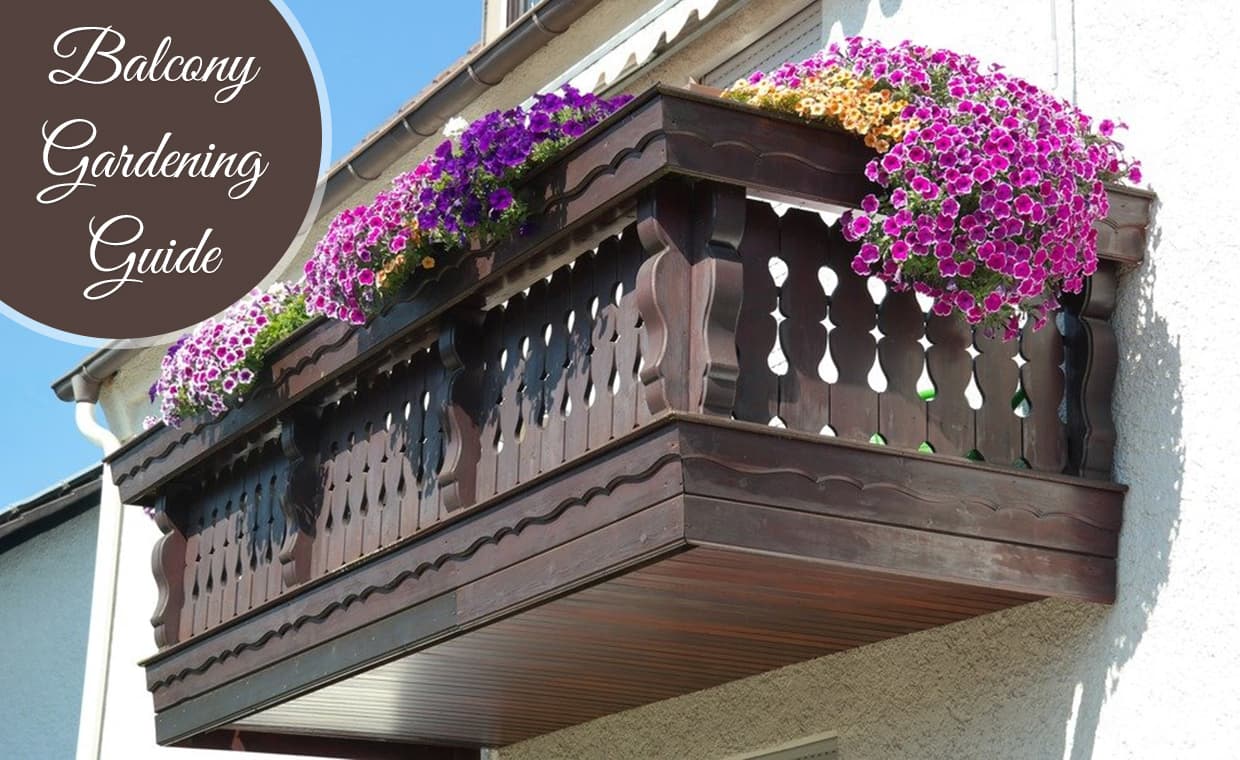
High rise buildings, garbage dumps, and traffic on roads, could be tiring beyond imagination. You may yearn for open spaces and some greeneries, but city dwellers have bleak possibilities to get them.
A simple remedy, which may seem to be a luxury to an apartment dweller, is to have a balcony garden. As written by Jessica Dawe, “Balcony gardening offers the promise of fresh produce and a fragrant oasis in the sky” With limited space and demanding schedules, wondering how is this possible? Read on.
The benefits of plants are many. Apart from waking up to blissful greeneries, you get to breathe clean and fresh air, improves the esthetics of your home, and of course you get to enjoy the blooms.
Being surrounded with plants improves mental health and mere looking at plants is not only refreshing and peaceful but reduces stress and anxiety.
Plants even help boost immunity.
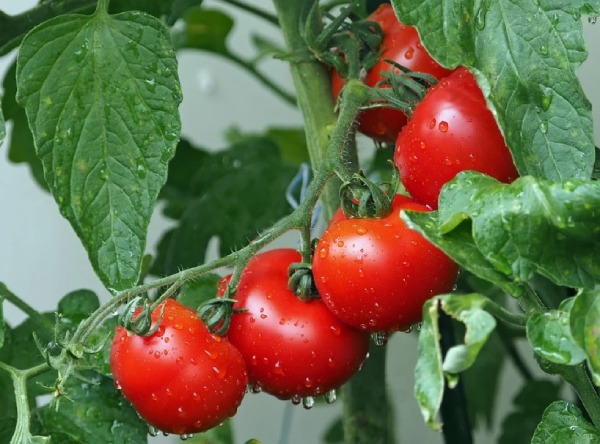
Plants even help children improve their learning abilities because of the calming effect. A child will feel more settled (with plants around) which in turn would boost their concentration and ability to focus on any task or subject at hand.
After considering all the benefits, you may want to set up your garden right away. The next question is how to make a garden and maintain your plants with a busy schedule.
Thankfully, there are many innovative ways to tackle this problem.
Most apartment homes have a limited open space which is the balcony. You can utilize this open space to create your green corner. The idea may seem intimidating without knowing much about types of plants and their needs. But with little creativity, planning and budgeting, you can start with small steps and slowly build up.
Design Ideas for Balcony Garden
Plenty of design options are available to choose from depending on your budget and space available. Over time, you can always adapt to the changing needs of the balcony garden. It is best to start with a simple and efficient layout.
01. Vertical Gardens to Decorate Your Balcony
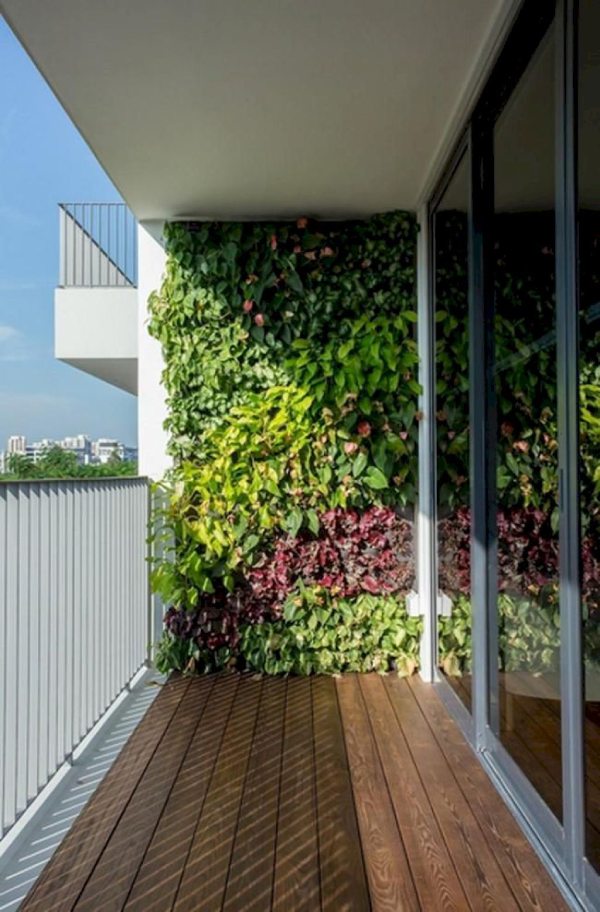
Vertical gardens can be created utilizing walls by installing a trellis or grill to hang pots or installing gutter gardens. These take less space; make a beautiful background, and you can fit more varieties of plants. The only disadvantage is that you must be careful while watering so that you do not damage the walls over time. A system of drip irrigation is the best way to water vertical garden plants.
Green walls, indeed add natural beauty to the walls. To know about it in brief, have a look at it here:
02. Layering Plants on Wall Shelves
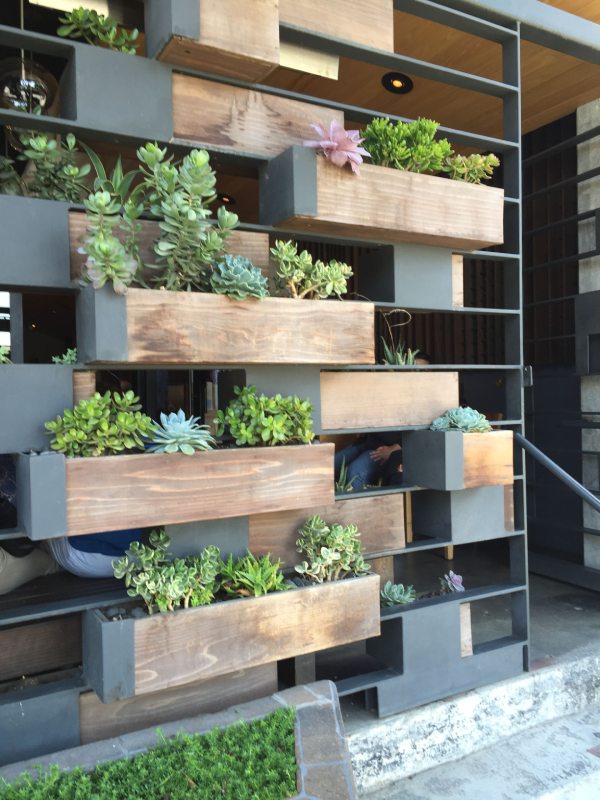
Wall shelves, wrought iron or wooden racks and stands are a good way of layering plants and arranging them as per height and size. It leaves much floor space for movement. You can convert other pieces of old household items (tables/stools) and make interesting stacking arrangements (accommodating more plants in a limited space). You could modify some of these to double up as storage for gardening tools and supplies.
03. Hanging Baskets to Utilize space in Balcony
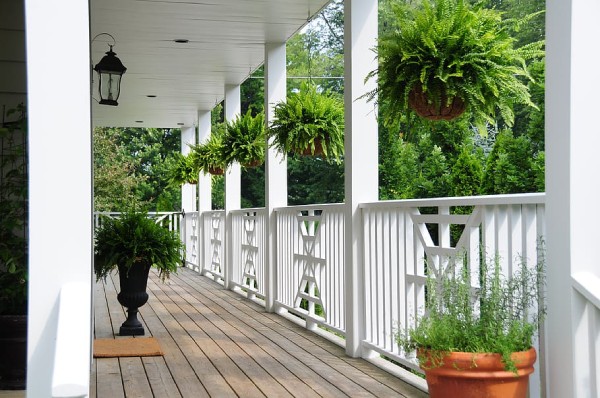
Hanging baskets from ceilings or over the railing is another space-saving technique to utilize the space in your balcony better. Window sills can be transformed for growing plants without any additional space requirements. You can also add a shelf or hanging flower boxes along the railings of the balcony to generate more space.
04. Artificial Turf in Balcony
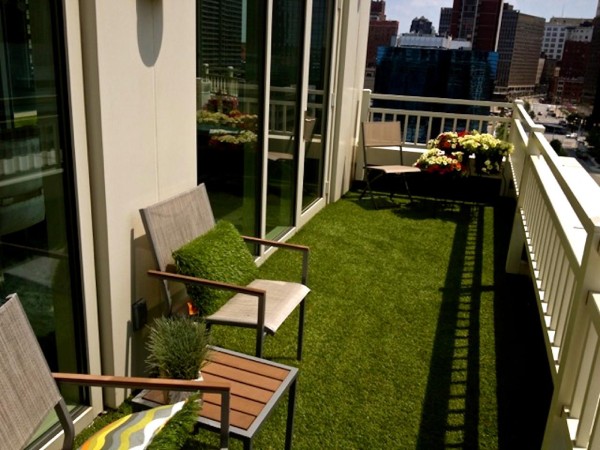
An artificial turf is a new option if you would like the feel of a lawn in your balcony. However, artificial grass installation is difficult, expensive, and requires regular cleaning. Artificial turf imitates the lawn, giving a beautiful look in your balcony.
Furniture and Accessories in Balcony Garden
No designed space is complete without some accessories or accenting furniture to complete the look. If space permits, create little sit-out to enjoy your garden. Determining the durability and cost, you can decide the type of furniture to purchase. Again, you may have plenty of great options to choose from, like:
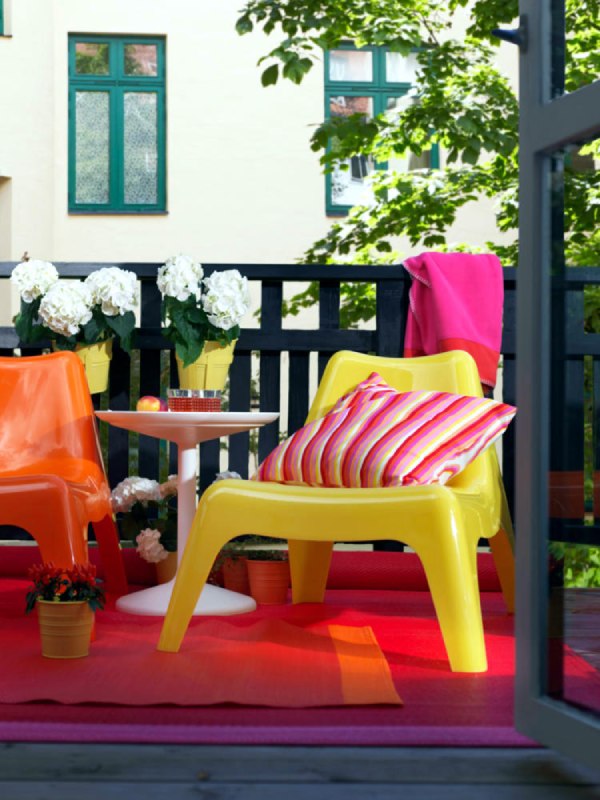
Resistant material like plastic for chairs and table is good for easy maintenance through all seasons. However, they may fade with direct sunlight exposure and become brittle over time.
Traditional wicker furniture made of natural fibers is light and ideal for a garden, but over time may be hard to maintain and clean.

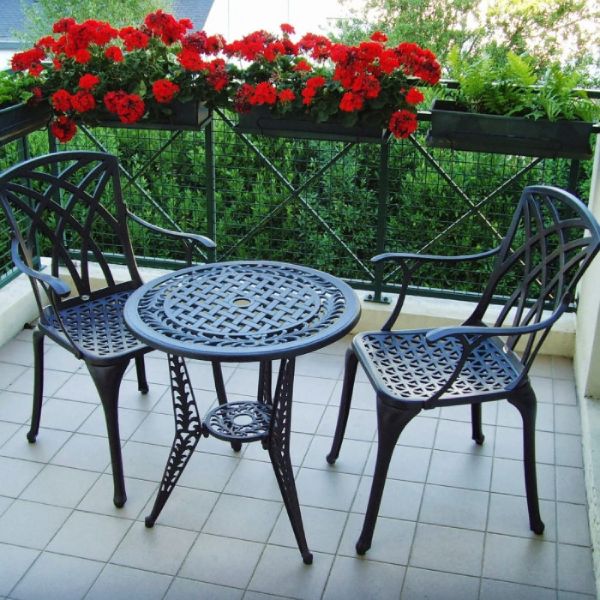
Wrought iron furniture is durable and heavy-duty but may be too heavy to maneuver or shift.
Folding chairs and tables are ideal for small space, and one can consider inbuilt ledges/benches to utilize the space better.
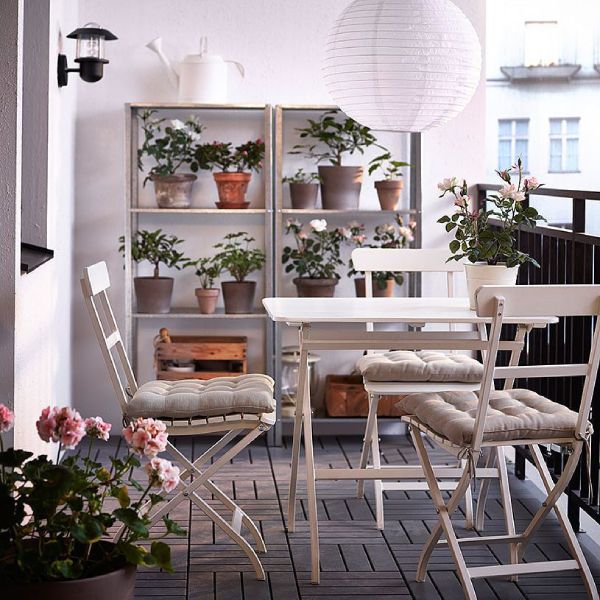
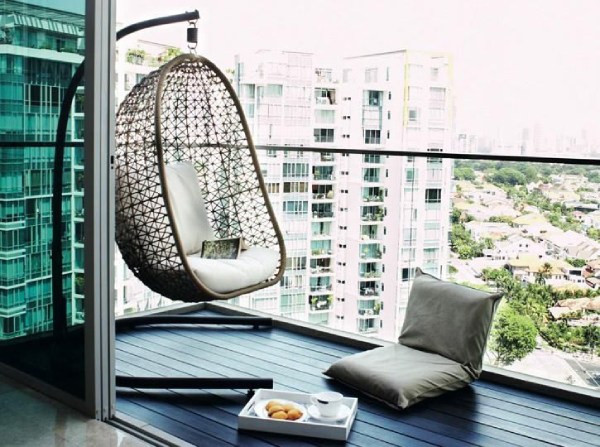
Hammocks/ hanging chairs/swings are other great options as they free floor space.
Poufs and floor /throw pillows on a rug are another creative way to make it a cozy corner without spending too much on furniture.

Landscaping (even minimal) with statues, fountains, festive lighting, lanterns, etc. gives a warm touch.
You could install shades and screens for privacy to an apartment. Pergola shade structure can be made to create cozy seating. A bamboo screen or a lattice screen can be installed and decorated with creepers and string lights. Grills or wood board screen encases a balcony, shielding from sun and wind and outsiders. Fabric screens or chicks can also be installed as.
What Do Plants Need?
Healthy and green plants can flourish even in a balcony, but you must pay attention to the basic things essential for the plant’s survival.
Soil: Soil is the source of essential nutrients (micro-organisms and organic matter) which a plant needs for healthy growth.
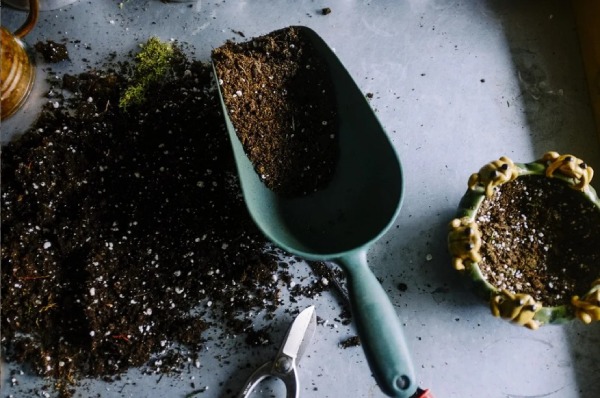
In a balcony garden, plants will be grown in containers. It provides an anchor for the plant roots so they are well supported and can grow forth. A right potting mix is necessary as this soil type is most suited for container gardening.
Sunlight: It helps plants to make food through the process of photosynthesis. Therefore, most plants need exposure to sunlight, even if only for a few hours. Keeping in mind the amount of sunlight available to a balcony and the duration of sunlight through the day, select the varieties of plants per their need for direct sunlight.
Water: Plants need water to survive as it carries nutrients and moisture from the roots to other plant parts. You must water the plants regularly for them to be healthy, and grow well. You may want to use a local source of water and equipment to ease the chore of watering in the long run. Also do not neglect drainage if needed.
Additionally, there are some external factors you must consider:
Wind: A balcony which is exposed to direct strong winds or with no air circulation at all, have to be considered before bringing in plants. Make provisions for wind block or arrange the layout to ensure proper air circulation.
Weight: Placements of heavy or large pots need to be appropriately planned to make maximum use of space and design. Plan layout, keeping in mind the additional weight. Do not forget to check the dead load-bearing capacity of your balcony.
Pigeons and Rodents: Most apartment buildings are homes to such creatures. They like to be amongst plants too, which can create havoc in a balcony garden. Birds and squirrels may eat the plants and use the railings and structures as a perch and rodents might dig up the soil in the pots. Secure your balconies by using netting (to prevent their entry).
Availability of Time: Before going ahead with investing in plants, be sure of time and effort you need to give to a garden, as plants need care. If you travel often or doesn’t have time every day to water them, you may choose the plants and their routine based on your availability.
Local Weather and Plants Available: Different plants thrive in different climates. Consider this before designing your balcony garden. You may want to grow-herbs/ vegetables/flowers/ annuals that are easily available throughout the year. Do your research before buying plants.
You may want to hire a professional balcony garden developer or be creative and experiment on your own. You don’t always need plants that are exotic or expensive. You can plant seeds or saplings or even adopt discarded plants, to begin with.
Containers:
Measure the space available and make a rough plan of the layout for the garden. The next step would be to plan the placement of containers within it.
There are many varieties available in the market, like:
a) Pots and Planters
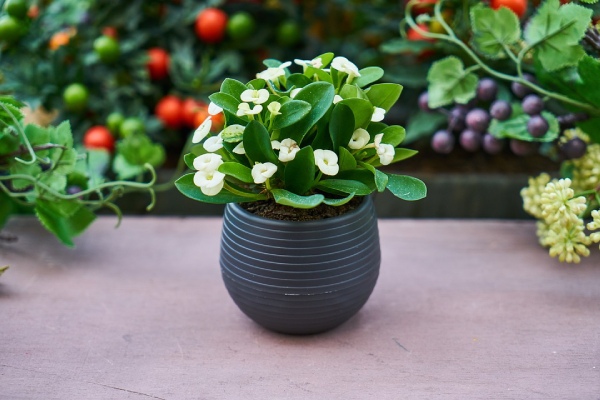
The common pot material is terracotta and ceramic. The material is durable but heavy. Plastic containers are alternate material as they are light in weight and available in many attractive colours and shapes. While buying pots, remember that they might have to be replaced periodically to maintain the aesthetics of the balcony.
If you are a nature lover and want to know about container gardening, here you go:
b) Railing or Hanging Basket
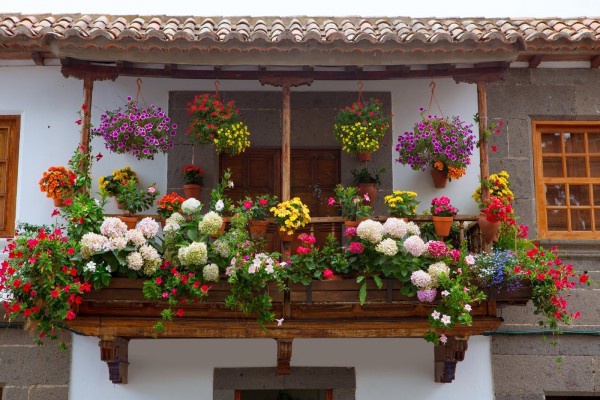
These make an excellent choice for tiny balconies as they can be hung over a railing or window. They are usually small in size and are suited for a smaller variety of plants. The only caution to keep in mind is to secure them safely to the railing or ceiling by brackets/ straps to prevent any accidents.
c) Recycled Household Objects

While creating a balcony garden, you can be creative and transform household objects into quirky containers. Old tins/cans, jars, jugs, cups, tubs or any other vessel can be converted into a container by making drainage holes in them.
d) Trellis Planter/ Hanging Gutter Gardens
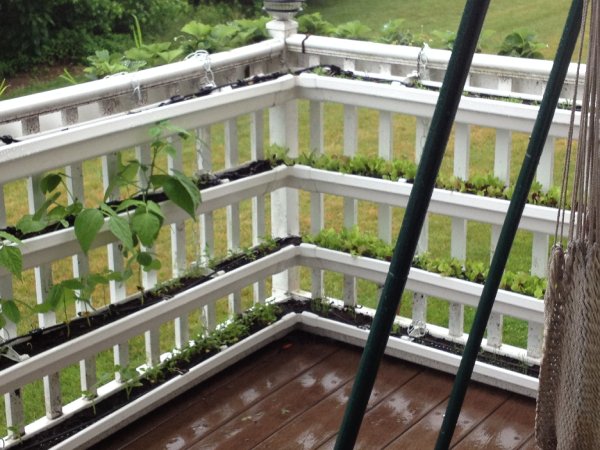
Trellis is a framework of light wooden or metal bars to hang pots or give support to plant. Hanging gutter as the name suggests are made of rain gutters or hollowed bamboos suited for succulents or herbs.
Precautions and Challenges of a Balcony Garden
01. Drying of plants may happen in the beginning or from time to time. Do not get discouraged and find out the reason for this- under watering/overwatering, too much or too little sun; there are such other factors that can be easily resolved.
02. Pruning and grooming will have to be done regularly for keeping plants healthy. Removing dead leaves and cutting off the extra branches to ensure proper growth. Changing pots, if plants start to grow out, adding manure or fertilizers from time to time and removing weeds are some of the care required for any plant.
03. Proper drainage through the drainage hole avoids water logging in pots, and balcony floors should be ensured before planting. You can put saucers/tray under pots to prevent water leaking everywhere and for keeping the balcony dry and clean.
04. Secure hanging pots and other containers safely to prevent damage during a storm or avoid any accidents.
05. You might be fine with butterflies and birds visiting, but not with mosquitoes, bees or lizards which may quickly make a home amongst plants. Invest in some repellent if the problem aggravates.
06. Select child-friendly and pet-friendly plants as some common plants may be poisonous if the leaves are mouthed by mistakes.
Ideal Plants for Balcony Gardens
Each species of plant is uniquely beautiful and suited for certain weather conditions. Some plants offer purifying air or medicinal properties, while others may be great for their flowers and colourful foliage.
As per the orientation of the balcony and the local climate, you can grow different types. The broad categories and common local plants available are-List of All-Weather Perennial Plants (Non-Flowering and Flowering, Creepers, Ornamentals)
Non- Flowering Plants

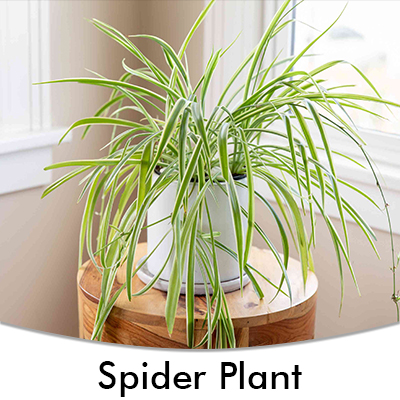
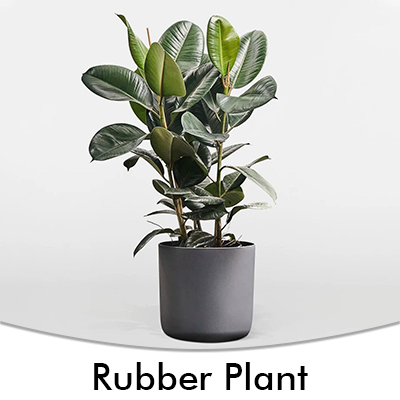
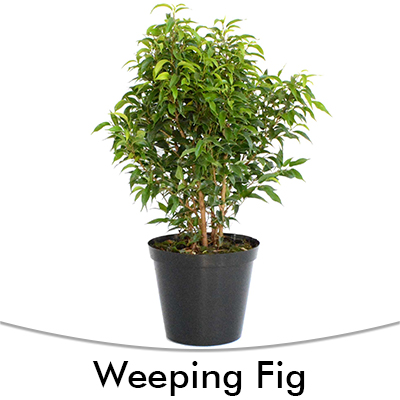
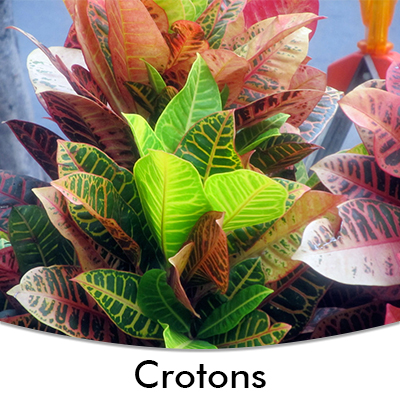

Flowering Plants
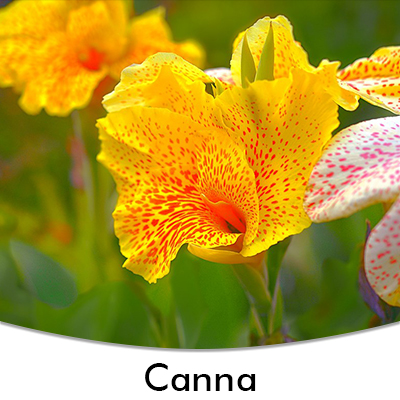
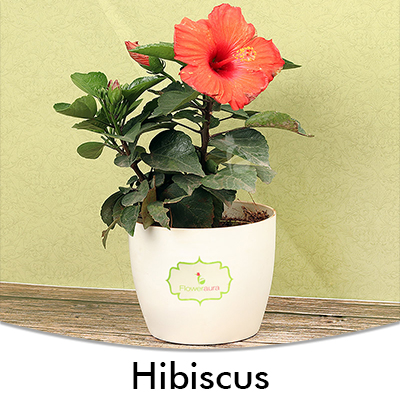

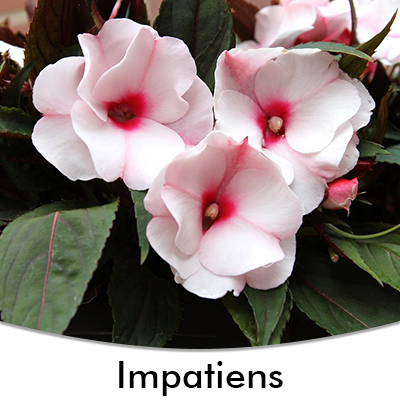
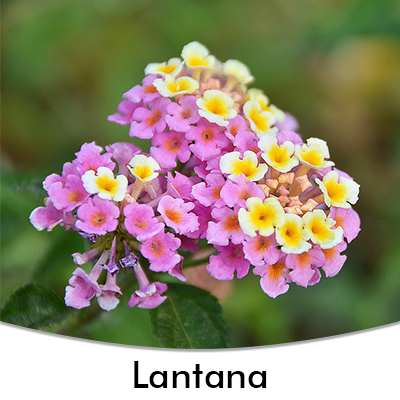
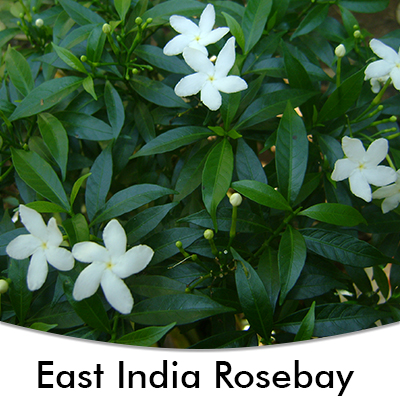
Creepers
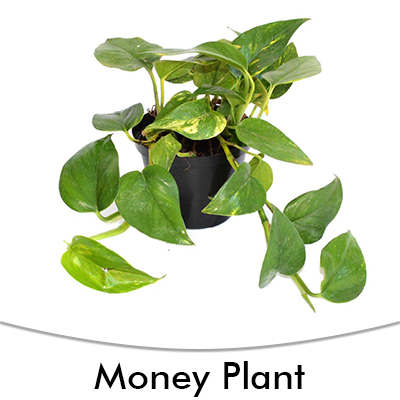


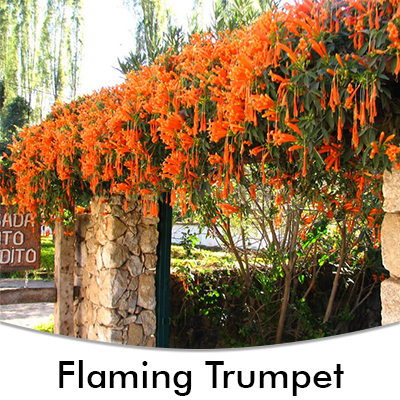
Ornamentals
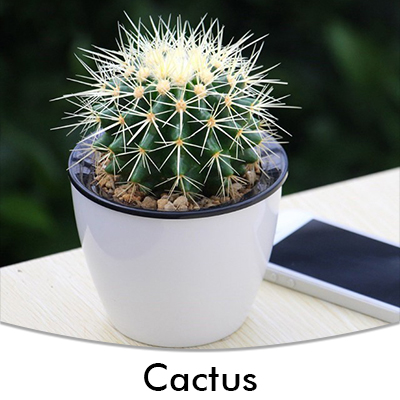
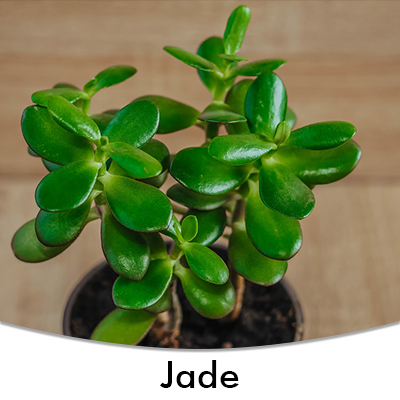
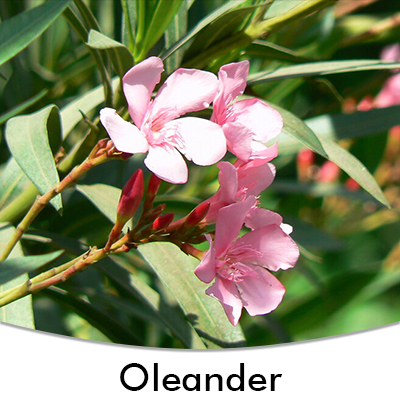

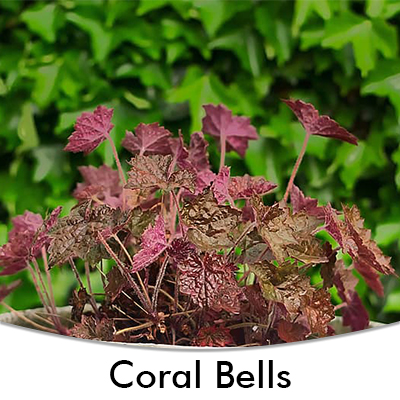
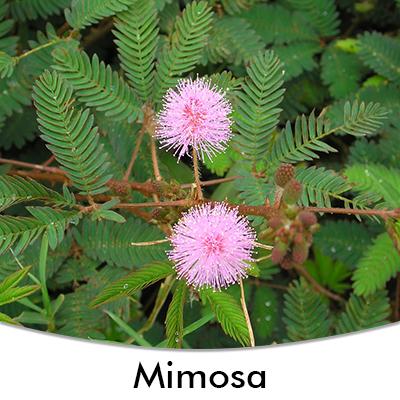
Seasonal flowers
Different flowers are suitable for different climatic conditions and their life span might be one season or a few more.
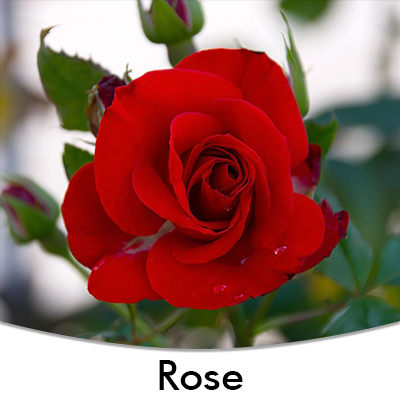
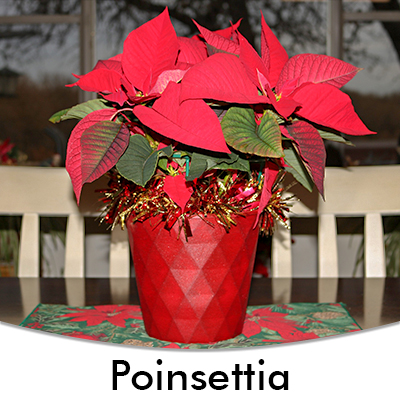

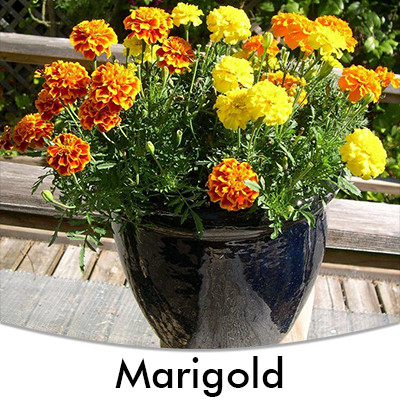

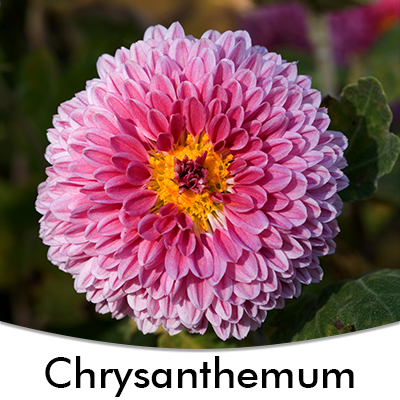
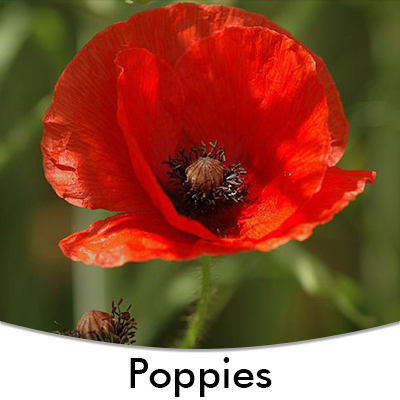
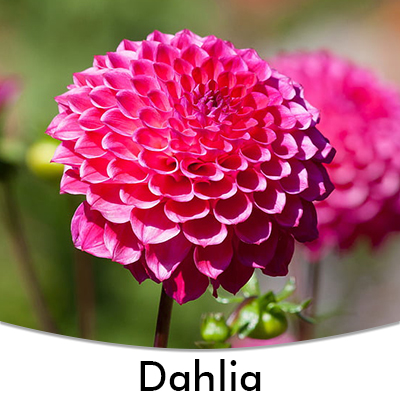
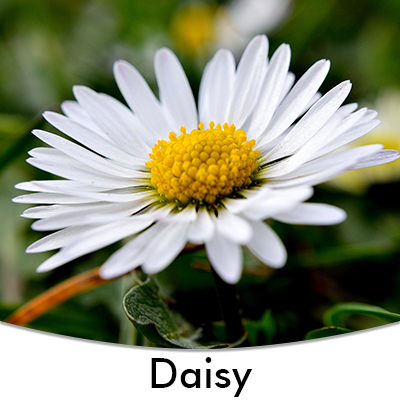

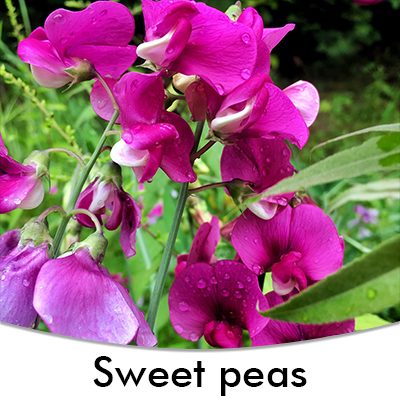
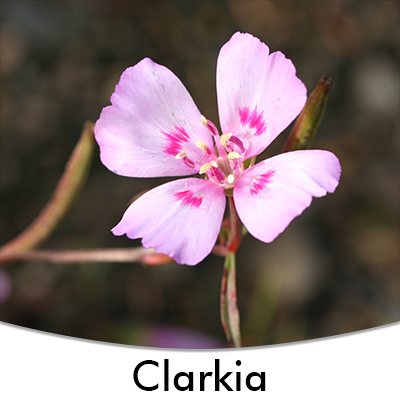
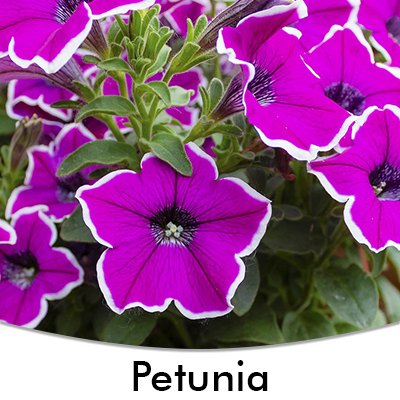
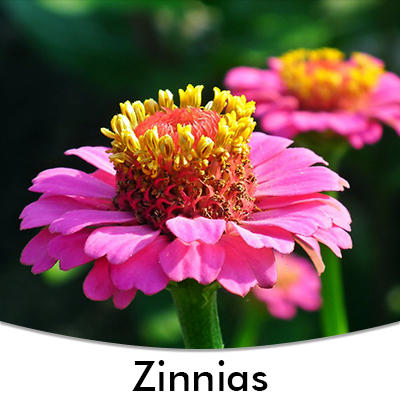
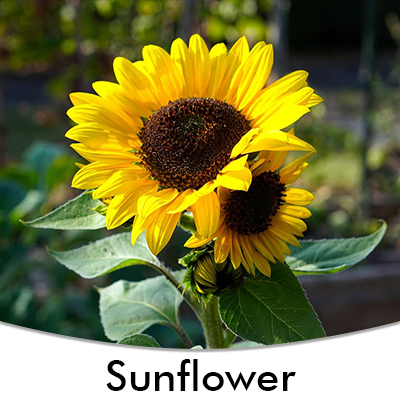
Herbs
Each herb has their own life span and may have to be replaced.
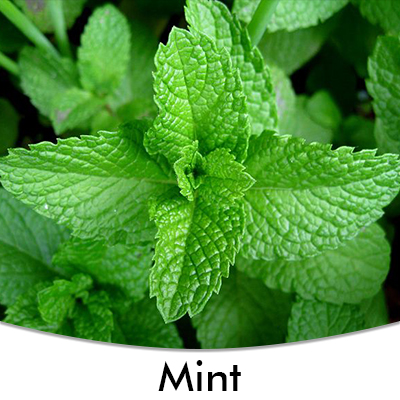

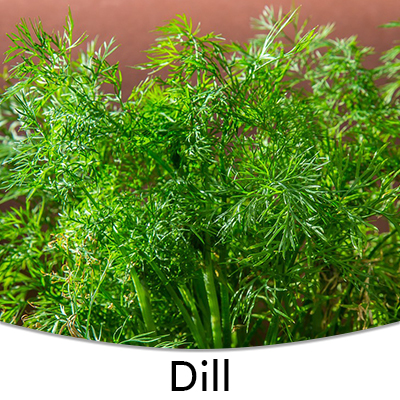

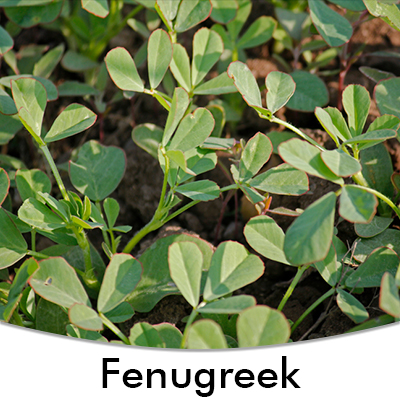
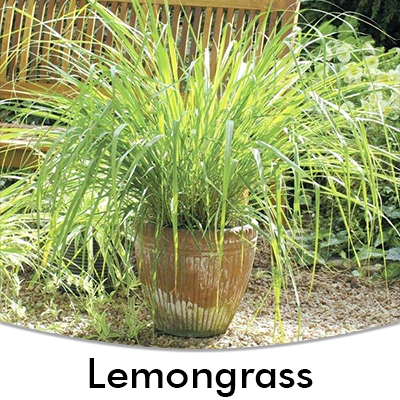

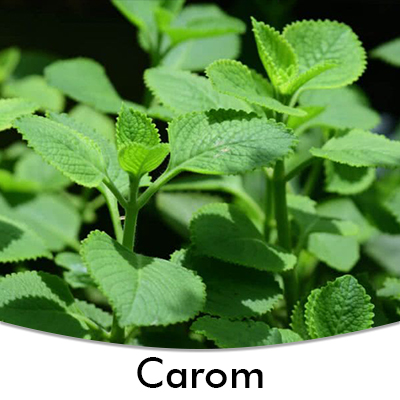

Vegetables
Vegetables are also seasonal but some can be planted and harvested year after year. The trend for growing vegetables in balcony is growing these days. People are now moving to opt for natural products grown by them. You may also start your kitchen garden. How to Start a Kitchen Garden?
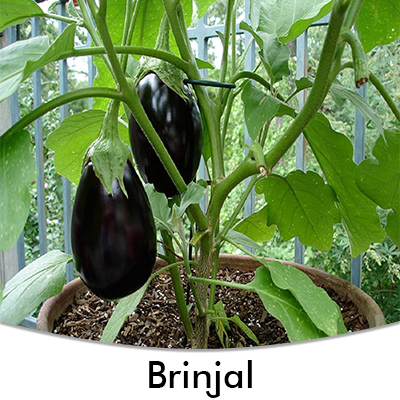
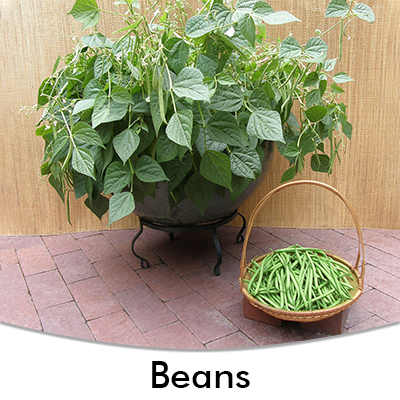

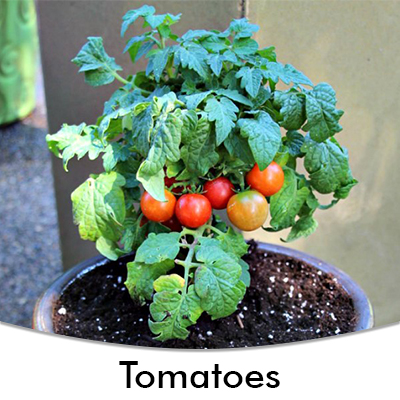

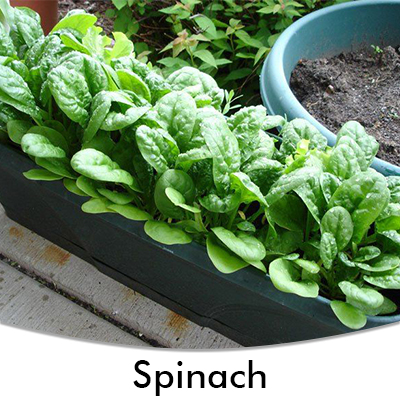
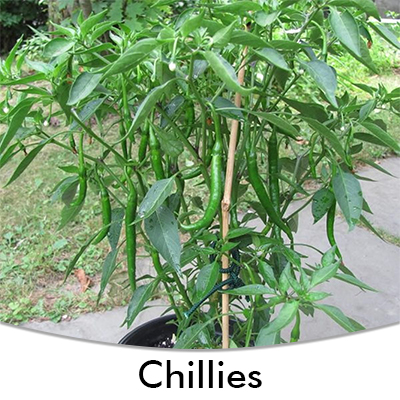
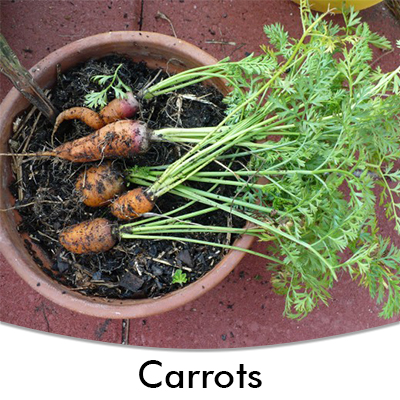

In a nutshell, urban living makes most of the people suffer from lack of greenery. Everyone dreams of having a small garden in their homes. And this can be fulfilled by balcony garden. The above mentioned is an article describing a complete guide to balcony garden giving information regarding designs for balcony garden, furniture, accessories and ideal plants for a balcony garden.
I hope the guide to balcony garden would help you in making such at your homes too. Besides, we have also written articles on how to make kitchen garden and maintaining one.
Image Courtesy: Image 1, Image 3, Image 7, Image 8, Image 9, Image 10, Image 11, Image 12, Image 16, Image 17
Author Bio
Anshu Sachdeva – Anshu Sachdeva is the founder and business head of boutique research and content firm based out of India. She has over ten years of corporate experience in consulting and research. She holds a masters degree in business management and is passionate about the application of research to do business faster, better, cheaper.






